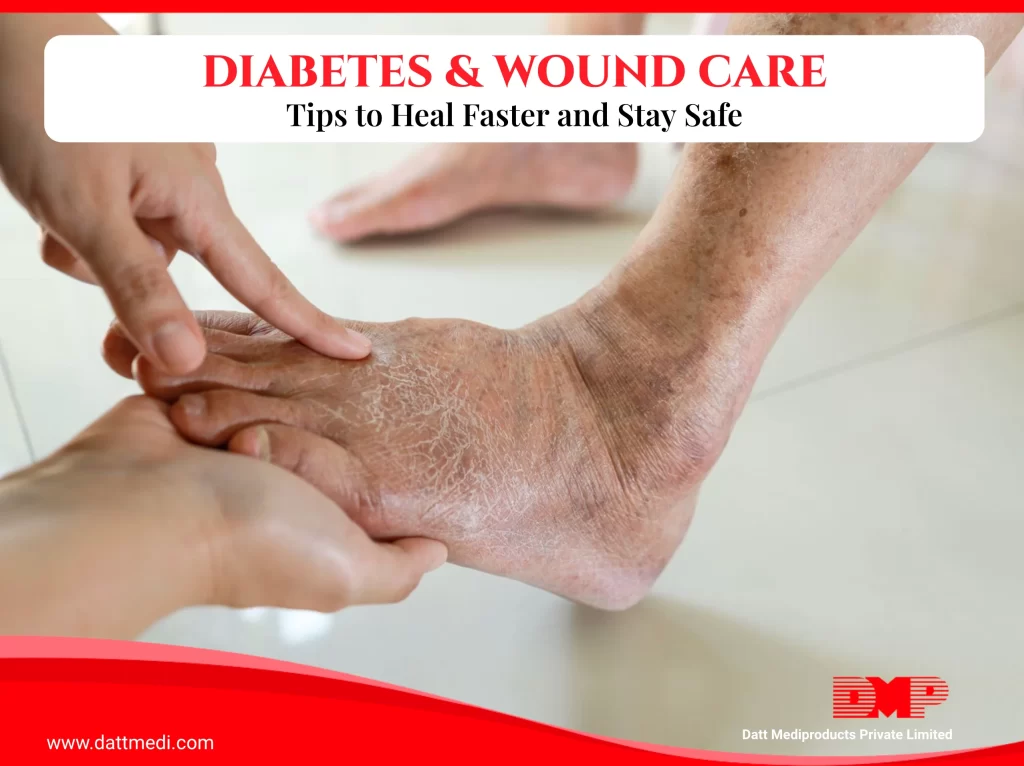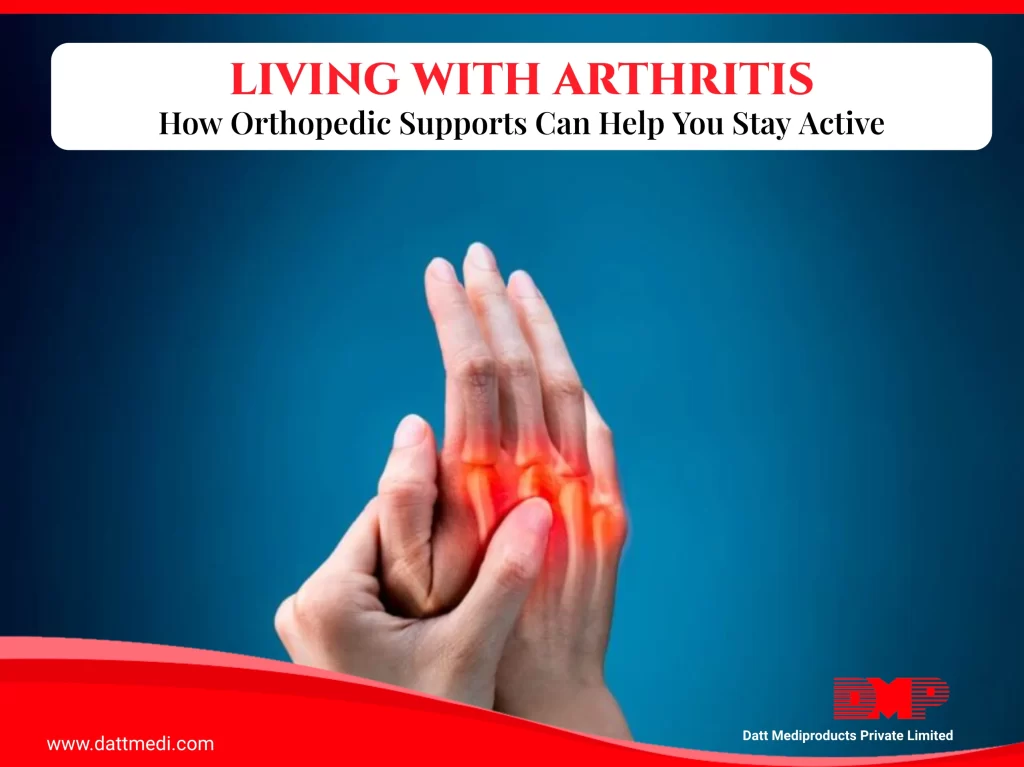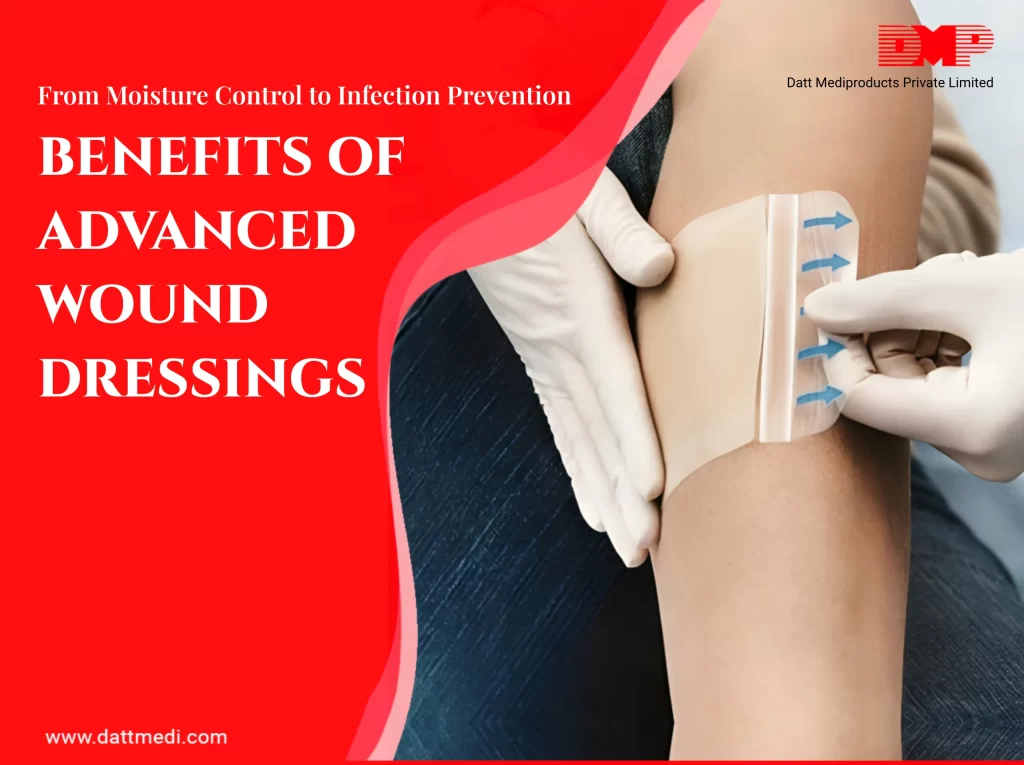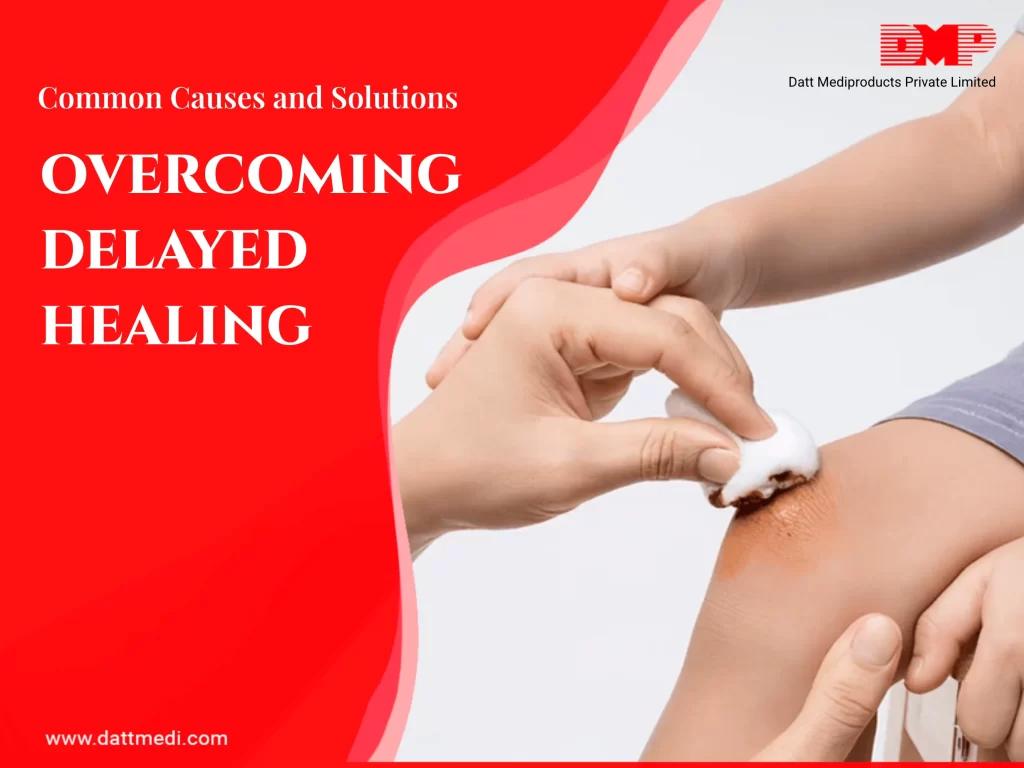
Living with diabetes means being extra vigilant about health, especially when it comes to wound care. Even minor cuts or blisters can progress into serious complications due to delayed healing, poor circulation, and increased infection risks.
This makes wound care a crucial part of diabetes management. Fortunately, modern solutions and advanced therapies are transforming the way patients and caregivers approach diabetic wound care.
1. Unique Challenges in Diabetic Wound Healing
Diabetic wounds differ from ordinary wounds in several ways:
- Reduced Sensation (Neuropathy): Many patients experience nerve damage that diminishes their ability to feel pain, making them less likely to notice small injuries.
- Impaired Circulation: Restricted blood flow slows the delivery of oxygen and nutrients essential for healing.
- Higher Infection Risk: Elevated glucose levels provide a favorable environment for bacteria, increasing the chance of infections.
Together, these challenges often lead to delayed healing and chronic wounds, particularly on the feet, making proactive care essential.
2. Innovative Wound Care Management Therapies
Recent advancements in wound care are improving recovery outcomes for diabetic patients:
- Velvert® Dressings: Designed to create a protective, moist healing environment that accelerates tissue repair.
- Negative Pressure Wound Therapy (NPWT): Uses gentle suction to remove fluids, reduce swelling, and promote faster healing.
- Hydrogel & Advanced Dressings: Maintain moisture balance, reduce pain, and minimize scarring.
- Antimicrobial Solutions: Dressings infused with silver or other agents help fight infection while supporting recovery.
These modern therapies go beyond basic bandaging, offering targeted solutions that actively support healing.
3. Importance of Early Detection and Timely Intervention
For diabetic patients, time is critical in wound management:
- Regular Self-Checks: Inspecting feet and legs daily for cuts, blisters, or redness.
- Professional Screenings: Routine check-ups with a podiatrist or healthcare provider.
- Prompt Action: Treating even minor wounds immediately with proper cleaning and dressings.
Catching a wound early can prevent it from progressing into a serious ulcer or infection that might require advanced medical intervention.
4. Integrating Preventive Care into Daily Life
Prevention is the cornerstone of diabetic wound care. Patients can reduce risks by adopting these practices:
- Daily Foot Inspections: Use a mirror or ask for assistance if needed.
- Skin Hydration: Keep skin moisturized to prevent cracks that can invite infections.
- Balanced Nutrition: A diet rich in protein, vitamins, and minerals supports healing.
- Protective Footwear: Always wear well-fitted shoes and socks to avoid friction and injury.
Incorporating these habits into daily routines ensures long-term protection.
5. Advanced Off-Loading Solutions
Pressure management plays a vital role in diabetic wound care:
- Total Contact Casting (TCC): Distributes weight evenly to reduce pressure on ulcers.
- Customized Diabetic Footwear: Specially designed shoes help minimize friction and pressure points.
- Pressure-Redistribution Insoles: Offer cushioning and support for patients with high-risk areas.
These solutions are critical for patients with foot ulcers, as they significantly reduce the chances of wound recurrence.
Empowering Diabetic Patients for Better Outcomes
Effective wound care is not just about healing—it’s about prevention, protection, and empowerment. By combining early detection, preventive strategies, advanced therapies, and innovative off-loading solutions, diabetic patients can significantly lower their risk of complications. With proactive care and modern tools, living with diabetes no longer has to mean living with chronic wounds.







